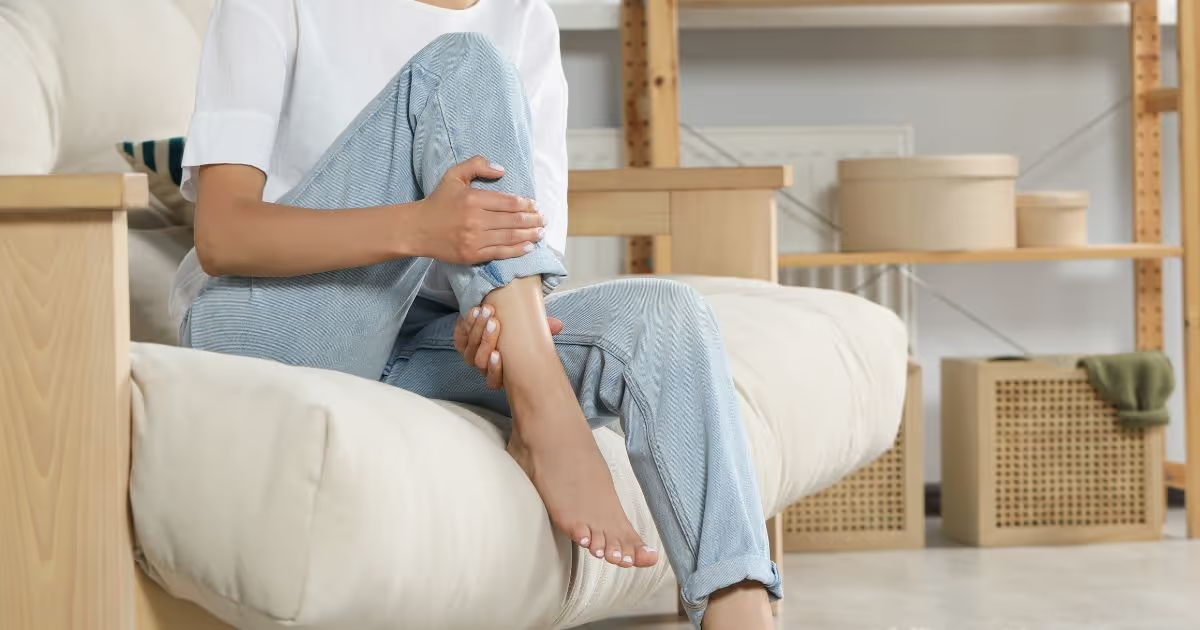Muscle Cramps
Muscle cramps occur when one or more muscles suddenly and involuntarily contract, causing sharp and often intense pain. Strenuous exertion, particularly in a hot environment, can trigger muscle cramps. Certain medications or illnesses may also contribute to the occurrence of muscle cramps. Fortunately, muscle cramps are typically not dangerous and are effectively manageable through stretching and gentle massage, hot or cold therapy.
Symptoms
Muscle cramps can affect anyone, but they are more common in seniors and athletes. You can develop muscle cramps when walking, exercising, sitting, or sleeping. You can feel mild discomfort or intense pain in the muscles. Your muscles may become firmer to touch or appear twitched. Muscle cramps can last from seconds to longer than 15 minutes and may recur several times.
When to see a doctor
Seek medical care if your muscle cramps are severe, do not respond to treatment, or recur frequently.
Causes
Muscle cramps can occur after muscle straining, excessive sweating, or staying in one position for long periods. Inadequate blood flow to the muscles or pressure on the spinal nerves can cause muscle spasms. Being malnourished such as not getting enough calcium, potassium, and magnesium, can lead to leg cramps.
You can develop muscle cramps if:
- You overuse your muscles and have muscle fatigue.
- You exercise in hot weather, or you engage in too much high-intensity exercise.
- You do not do enough stretching.
- You do not drink enough water.
- Your body loses salt and minerals like calcium, potassium, and magnesium.
- Your muscles do not get enough blood flow.
- You are stressed.
- You have involuntary nerve discharges.
You can experience leg cramps at night if you do the following during the daytime.
- You overuse your muscles.
- You sit improperly or sit in the same position for an extended time.
- You stand or work on hard concrete floors.
Risk factors
- Older ages.
- Not physically fit.
- Excessive sweating.
- Pregnancy.
- Diabetes or other diseases concerning nerves, liver, and thyroid.
- Being overweight.
Diagnosis
Your doctor will ask you some questions about your symptoms, such as:
- How severe are your muscle cramps?
- When do you usually experience pain?
- How long does it last?
- Are there any other associated symptoms?
Treatment
- Pain medications if muscle cramps disrupt your sleep. But there are no oral medications or injections to stop the spasm immediately.
- Stretching exercises can minimize the likelihood of muscle cramps.
Home remedies
- Stretch or massage the cramped muscle gently.
- Cramp in the calf: Sit down, keep your leg straight, and pull the top of the affected foot upward.
- Cramp in the back of your thigh: Stand, putting your weight on the cramped leg, and apply firm pressure.
- Cramp in the front of the thigh: Stand upright and flex your leg to the back. Pull the foot of the affected leg towards your buttock. You can hold on to a chair for stability.
- Use heat or cold therapy to ease tension or tightness in muscles. You can apply a heating pad, take a warm bath, or direct the stream of a hot shower onto the cramped muscle. Another option is to rub the affected muscles gently with ice, which can help alleviate pain.
Prevention
- Drink adequate water daily, as your muscles need fluids to function well. Sip water during exercise and avoid caffeine or alcohol afterward.
- Stretch your muscles before and after exercise or any activity that requires muscle exertion for quite some time. Try light exercise, such as riding a stationary bicycle for a few minutes before bedtime, can help relieve spasms and prevent nighttime cramps.
- Sip electrolyte drinks before and after exercise to prevent cramps.








